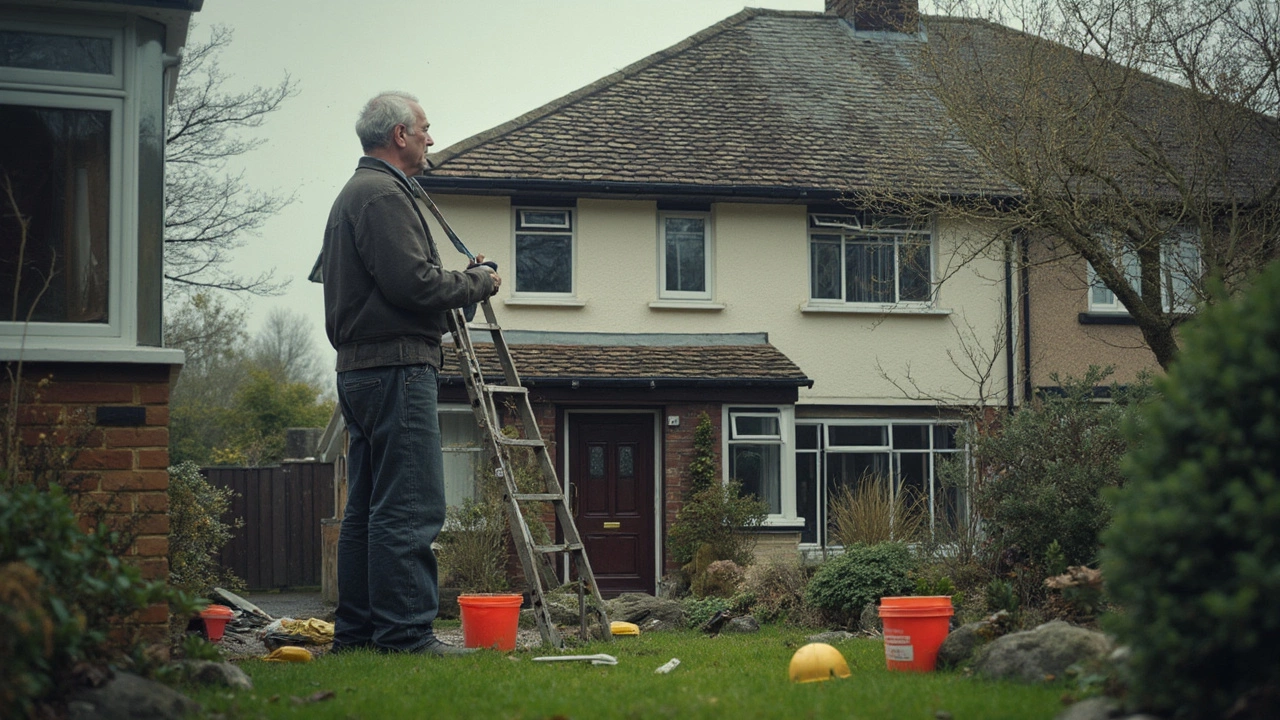Safety Risks in Home and Office Cleaning – How to Stay Safe
Cleaning looks simple, but a slip, a chemical splash, or a wrong tool can turn a routine job into an accident. Knowing the hazards before you start lets you work faster and keep yourself healthy.
Common Cleaning Hazards You Might Miss
Most people think about spills, but there are other hidden dangers. Wet floors are a classic slip trap, especially in kitchens and bathrooms where people walk barefoot. Even a small puddle can cause a nasty fall.
Cleaning chemicals are another big risk. Many products contain strong acids, bleach, or ammonia. Mixing them can create toxic fumes that hurt your eyes, throat, and lungs. Always read the label and keep the room ventilated.
Tools like vacuums, pressure washers, and mops have moving parts that can pinch fingers or cause bruises if you don’t use them correctly. Long cords can trip you, and heavy equipment can strain your back.
Mold and dust mites hide in damp corners, behind appliances, and inside upholstery. Breathing them in can trigger allergies or asthma attacks, especially if you’re cleaning without a mask.
Practical Steps to Reduce Risks
Start with a quick safety check. Put up a sign or a piece of tape to warn anyone about wet floors. Use non‑slip shoes with good grip – they’re cheap and make a huge difference.
When you reach for a cleaner, look at the safety symbols. Wear gloves and goggles if the label says they’re needed. If you’re unsure, a simple rule is to wear basic protection for any product that smells strong.
Ventilation matters. Open windows, turn on an exhaust fan, or use a portable fan to push fumes out. Even a few minutes of fresh air can keep the air from getting too harsh.
Keep chemicals separate. Store them on a high shelf, away from children and pets, and never mix different cleaners. If a spill happens, clean it up right away with plenty of water.
Use the right tool for the job. A microfiber cloth is better than a rag for glass, and a lightweight mop reduces strain on your back. When you need a heavy-duty tool like a pressure washer, read the manual and practice on a small area first.
Dust and mold need a mask. A simple disposable mask or a respirator filter works well when you’re tackling a dusty attic or a bathroom with visible mildew.
Finally, don’t work alone on big jobs. Having a second pair of eyes helps spot hazards you might miss, like a loose ladder rung or a misunderstood chemical label.
By checking these basics before you start, you can avoid most accidents and finish the job with confidence. If you ever feel unsure about a product or a technique, give Dandy Fox Cleaning Services a call – we’ll walk you through the safest approach or take care of the work for you.

Window Cleaning Disadvantages: What You Need to Know Before You Start
Window cleaning isn’t just about sparkling glass—it comes with some headaches you might not expect. From safety concerns on ladders to hidden costs, there’s more to this chore than meets the eye. This article covers the real drawbacks of window cleaning, from physical risks to unexpected time drains. Get the facts before you climb up that ladder or book a service. Here’s what you should really watch out for.
Read More